Contribute
| India British Period (1800-1947CE) - Geography And People |
Hemendra Acharya
11/17/2022
India British Period (1800-1947CE) - Geography and People Hemendra Acharya The British saw India as a bread basket and a resource center. The culture, education and the social system were trampled with an aim to create a perpetual rule. Their high ambition was thwarted by the eventual active resistance by people of India. The British divided the country into two, the repercussions of which continue to be felt. The Gross Domestic Product of India was 25% of the World’s GDP around 1700CE. The trade group of British East India Company and others from Portugal, France, Netherlands and Denmark set up their colonies in India. East-India-Company prevailed on others and established their sole control by 1800CE (Figure-1), India’s GDP shrunk to 4% by 1947, when the British left. Figure1. Main Trade Routes 1400-1800 dominant capital Flows to Indian Subcontinent and China By the 18th century, the weakened Mughals were defeated by the native Marathas. Marathas lacked the governing skills, and lost to the British. Sikhs in Punjab did create an autonomous State, but were defeated and Punjab was annexed by the British East-India-Company (Figure-2) in 1851CE. Figure 2. Changes in the political geography of India from 1707-1760-1803-1818 Most of southern India came either under East India Company's direct rule, or indirect political control through the alliance of princely states, that operated under the cover of the British Colonial Army. The latter increased to massive 1.4 million personnel, recruited from the native people. It was organized in 100 newly built cantonments (Figure-3). Commanded by the British officers, the Army was under the direct control of the Crown. Indians joining the Army were alienated from their homes and friends. Figure 3. British India Colonial Army Macaulay’s education system and Cornwallis’s colonization policy disrupted the Indian agrarian system and succeeded in rupturing the traditional society. A new class of landowners called Zamindars was created as ground-level tax-collectors. Peasant lands were usurped through heavy taxation. The resentments towards harsh land taxes and oppression fueled mutiny among the soldiers, called Sepoy Mutiny in 1857. The East-India-Company organized their holdings across the subcontinent in four Presidencies – Bengal, Bombay, Madras and Northwest (Agra)(Figure-4). India’s traditional marine trade was destroyed through piracy and blockade. Much of the grain producing fertile lands were forced to produce indigo and cotton. The local handloom industry was disrupted to promote mill-textiles from England. The British did establish India’s railways and a road transport network. It was used to transport goods and to deploy Army. Industrial manufacturing progressed in England that demanded export of raw materials : jute, cotton, silk, wool, saltpeter, indigo, and teak. The finished commodities were sold back in India with reduced tariff. With grains exported, many areas in India faced starvation. Figure 4. British East India Company Territory Ruled Through Parliamentary pressure from England there were efforts to create self-rule in India. The British civil servant Allan Octavian Hume established Indian National Congress was as a political party in 1885. It became an intellectual platform for debating the future of India (Figure-5). It helped germinate the India’s struggle for freedom. Mahatma Gandhi’s nonviolence and non-cooperation strategy attracted millions of Indians to participate in the freedom movement. Muslims organized under a separate political party called Indian Muslim League. It was led by Barrister Mohammed Ali Jinnah. They demanded a separate state for Muslims. This proposal was opposed by the Indian National Congress. Eventually the British hurriedly drew a demarcation line and left. The line divided Punjab in the west and Bengal in the East to create the state of Pakistan (Figure 6.) Massive loss of life ensued with millions of people crossing the borders under religious tension and panic (Figure 7). Figure 7. Movement of people across the border In Punjab, 1947. References: 1. Angus Madison (2003). "The World Economy: Historical Statistics". https://www.oecd-ilibrary.org/development/the-world-economy_9789264104143-en 2. The Rise and Fall of East India Company, By: Ramkrishna Mukherjee 3. The Indian Middle Classes, By: B.B. Misra 4. The British and the Money Lenders in 19th century, By: Thomas R. Metcalf 5. Elites in South Asia, Edited by Edmund Leach and S.N. Mukherjee 6. Selected Correspondence 1846, By: Karl Marx and Fredrick Engels 7. The making of British India 1765-1835 8. Das Capital 1 Karl Marx 9. Public Internet resources ----------------------------------------------------------------------------------------- Dr. Hemendra Acharya is a co-leader in Geography and People track in the project on "Evolution of Indian Culture: Pre-history to 1947AD" More information and updates on the project are available at https://www.facebook.com/Evolution-of-Indian-Culture-An-IDC-Project-107749391111922 More information on India Discovery Center is available at https://www.indiadiscoverycenter.org (c) Copyright 2022 India Discovery Center, Inc. All rights reserved.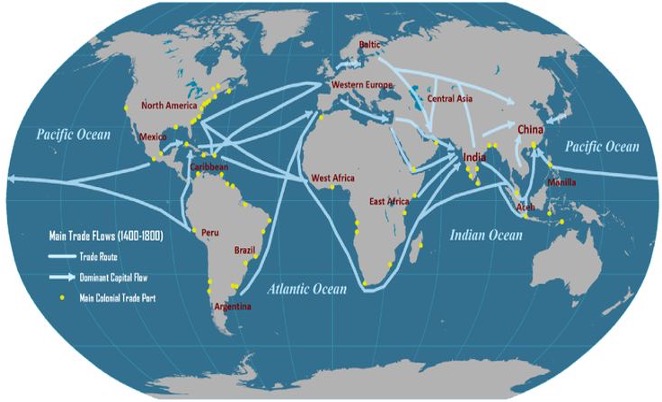
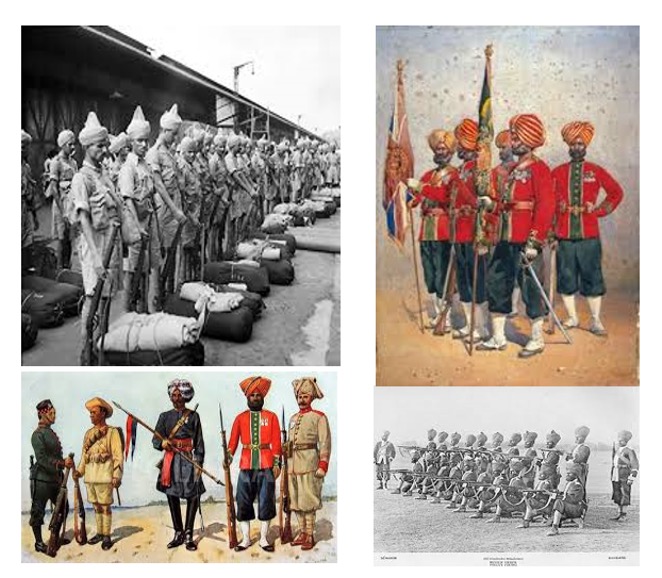
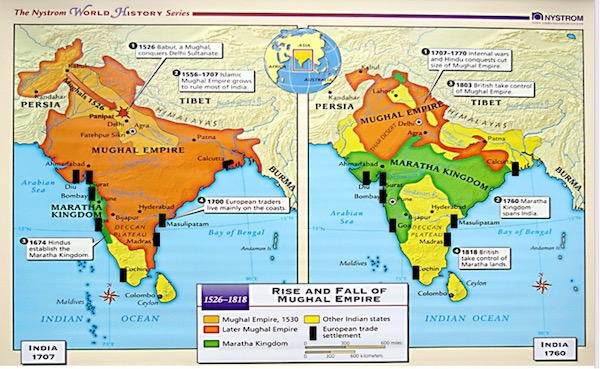
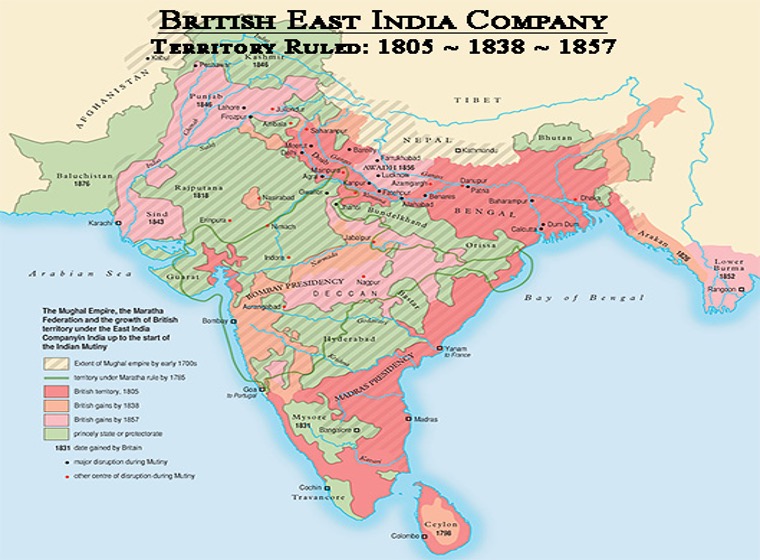
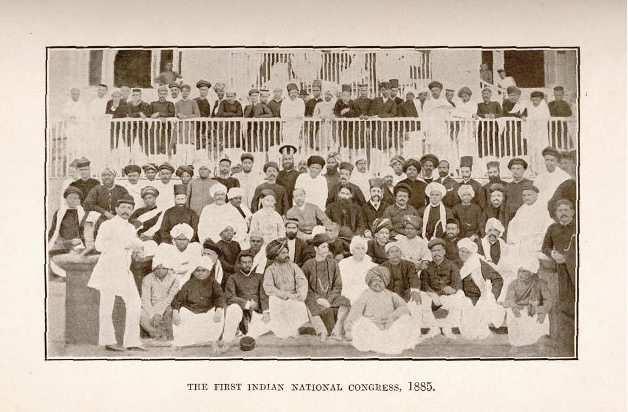
Figure 5. First session of Indian National Congress, Bombay, 1885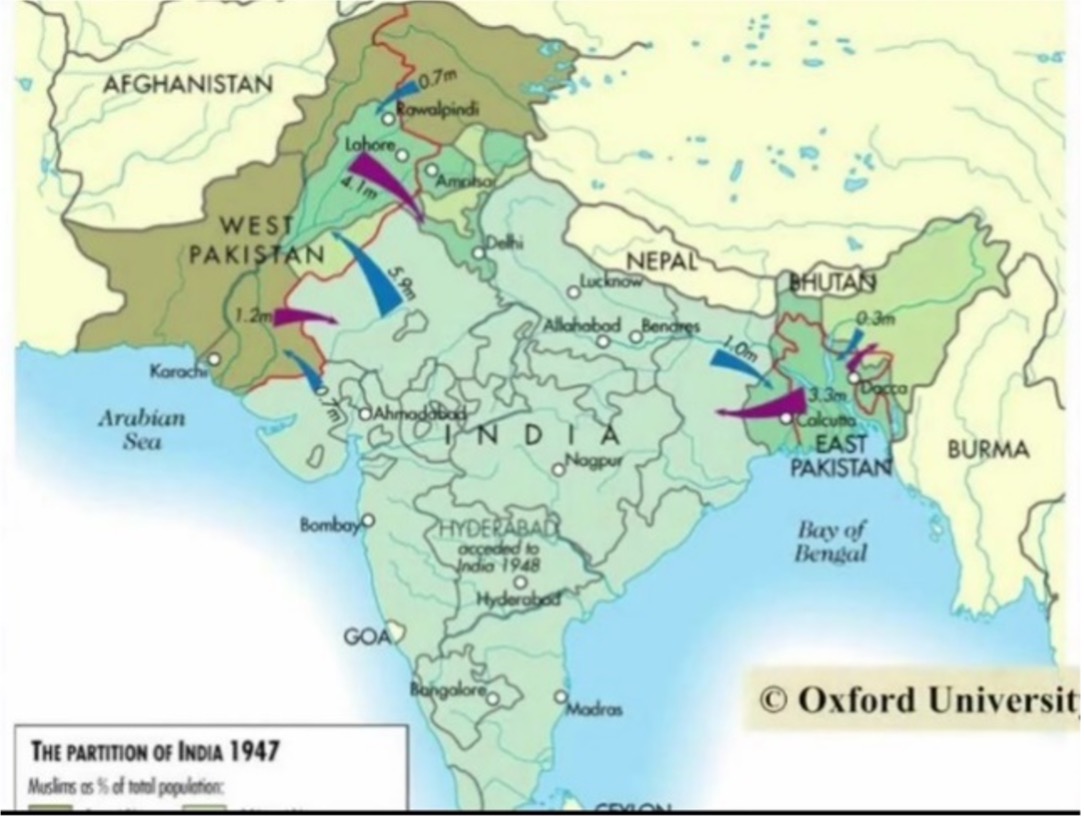
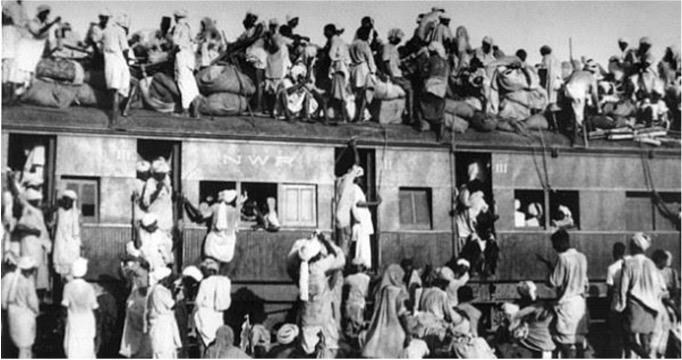
You may also access this article through our web-site http://www.lokvani.com/








